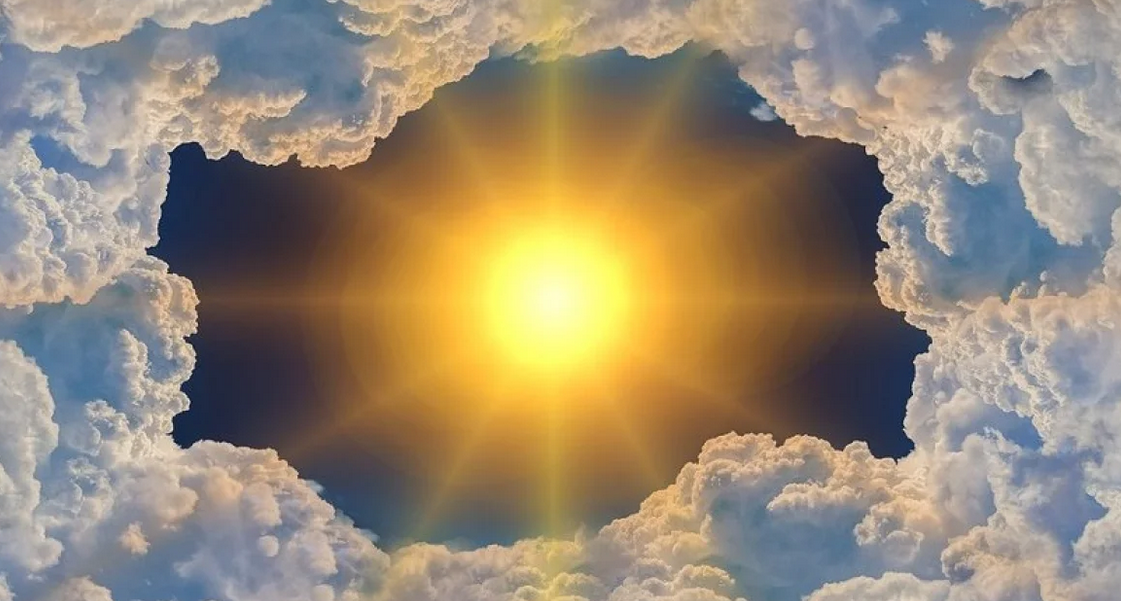Earth’s ozone layer protects all life on Earth from the sun’s harmful radiation.
But in the late 20th century, human emissions of certain damaging chemicals began to affect the number of ozone molecules in the atmosphere. This has resulted in a dramatic hole opening up over Antarctica every year caused by complex meteorological and chemical processes.
In 1987, just seven years after scientists discovered man-made chemicals were damaging the ozone layer, the Montreal Protocol was signed to try and curb the amount of harmful chemicals in the atmosphere.
Previously found in refrigerators, air conditioners, hair spray and industrial cleaning products these chemicals started to be phased out to protect the ozone layer. Agreed by all 197 parties, this was one of the first ever universally ratified treaties in United Nations history.
New trial finds first-ever Alzheimer’s drug to slow cognitive decline
Now, new research from the National Oceanic and Atmospheric Administration (NOAA) in the US has found that concentrations of harmful chemicals that damage the ozone layer have dropped.
Read more: Euronews
Ask me anything
Explore related questions





